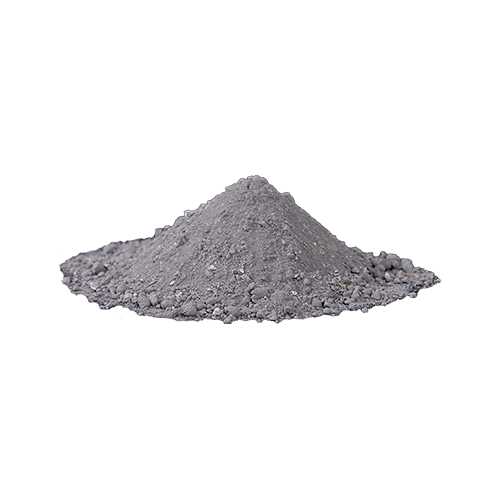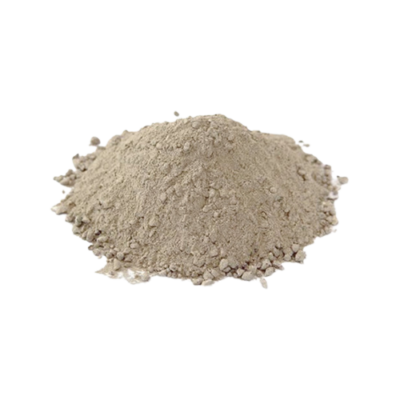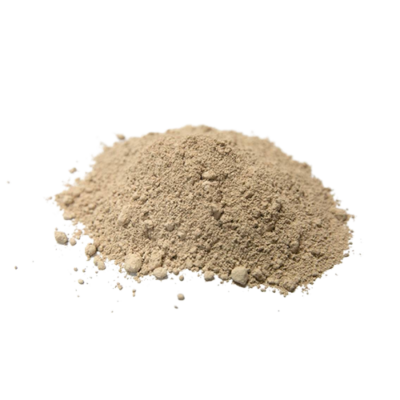Description
Plastic refractory exhibits commendable plasticity, rendering it suitable for casting construction. Moldable plastic refractory is created by blending specified quantities of refractory aggregates, powders, fireclay, binders, and other additives, forming a brick-shaped green body through compression.
Even after appropriate packaging and storage for a certain period, plastic refractory retains its plasticity. Depending on the type of aggregate used, plastic refractory can be categorized into various types, such as high alumina, fireclay-based, corundum, silica, magnesia, chromite, zirconia, and carborundum plastic refractories. Moldable plastic refractory serves as an effective alternative when refractory castables and bricks are intricate or unavailable, and formwork is impractical. It boasts exceptional strength, high density, resistance to abrasion, slag, and spalling, making it applicable across a wide range of uses. Ramming plastic refractory is also resilient against molten metals, rendering it ideal for applications like boiler work, forge furnaces, tundish and ladle linings, burner blocks, and patches.
Advantages of Refractory Plastic:
- Demonstrates notable plasticity
- Resistant to wear
- Facilitates convenient construction
- Exhibits strong corrosion resistance
- Possesses high strength and density
Product Applications: Primarily utilized for furnace linings in boilers, blast furnaces, hot blast stoves, heating furnaces, ceramic kilns, and various industrial furnaces.
| Item | Silicon carbide | Zirconium Chrome Corundum | ||
| NMK4 | NMK5 | NMK6 | NMK7 | |
| Al2O3 % | / | / | / | ≥80 |
| SiC % | ≥40 | ≥60 | ≥70 | / |
| Cr2O3 % | / | / | / | ≥3 |
| ZrO2 % | / | / | / | ≥2 |
| Bulk Density g/cm3 110℃×24h |
≥2.4 | ≥2.5 | ≥2.6 | ≥2.8 |
| Permanent Linear Change % 1000℃×3h |
-0.4~0 | -0.5~0 | -0.6~0 | -0.6~0 |
| Cold Crush Strength MPa 1000℃×3h |
≥60 | ≥70 | ≥80 | ≥90 |
| Wear resistance at room temperature cm3 1000℃×3h |
≤7 | ≤6 | ≤5 | ≤5 |
| Thermal shock stability cycle 1000℃ water cooling | ≥30 | ≥35 | ≥40 | ≥30 |
| Plasticity Index % | 15~55 | |||
| Plasticity W/(m·K) 1000℃ | 3~5 | 5~7 | 6~8 | 2~3 |
| Maximum service temperature ℃ | 1400 | 1500 | 1600 | 1600 |



